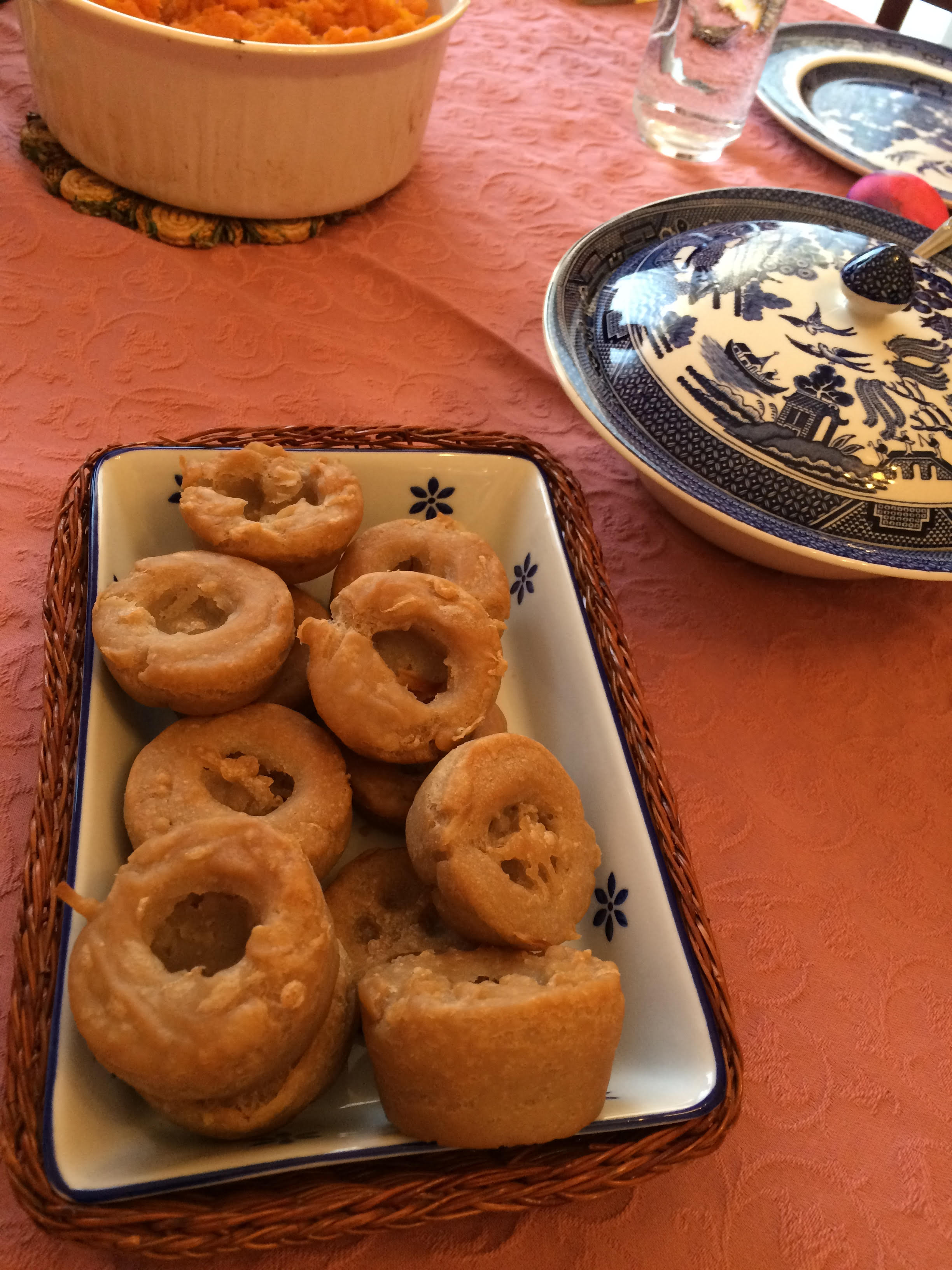
If you are like me and were diagnosed with a food allergy later in life, it can be daunting to be faced with the prospect of avoiding your allergens, especially when you don’t know all the substitutes that are available. For me, I couldn’t imagine living without eggs… and it was really hard when I had to remove them from my diet because of my new food allergy. But slowly I learned some substitution tricks, and things got easier. I started scouring vegan recipes for ideas, and that’s when I learned about aquafaba.
After you have cooked beans, aquafaba is the liquid left over. Not the liquid that you soak dry beans in- that’s not safe for consumption. But the cooking water afterwards, or for unsalted canned beans, the liquid that usually gets drained! There is an interesting mix of proteins and starches in that water, and when it’s not too diluted, it behaves similarly to egg whites.
That’s not even the best part. You can also use flax, chia, or even mushrooms and potatoes to make aquafaba. Though the different sources don’t always have the same effectiveness. I prefer chickpeas, but I’ve used all sorts of beans.
The wonderful thing is the flexibility this allows in adapting recipes without eggs. I’ve learned a lot from being a part of a vegan Facebook group that discusses all about using aquafaba in various recipes. The usual rule of thumb is 3 tablespoons of aquafaba equals one egg. I’ve made angel food cakes, too, though my results are inconsistent due to a total lack of measuring on my part… so I won’t share my recipe yet. Pavlovas work too, if you get your oven temperature just right. Marshmallows come out great without gelatin or agar! Royal icing that holds gingerbread houses together is another great end product!

My favourite recipe so far is for an allergen-friendly chocolate mousse, as it seems to work even when I don’t measure at all. Here’s the recipe I use:
- Whip aquafaba in a stand mixer until you get stiff peaks. This takes longer than egg whites, and you can add an acid to help keep the peaks if you like. I use rice vinegar, but others are fond of cream of tartar or lemon juice.
- In a small pot or water bath, melt allergen-friendly chocolate, sugar, and a bit of water together. I sometimes skip or reduce the added sugar drastically. Let the syrup cool a little.
- Take only a cup or two of whipped aquafaba and mix it in with the chocolate syrup. The chocolate might deflate the mousse a bit.
- Gently fold in the chocolate aquafaba with the rest of the whipped aquafaba.
- Chill everything in the fridge for a couple of hours and enjoy! I find it works decently as ice cream when I just freeze it as-is.
Of course, egg whites aren’t only found in sweet recipes, and neither is aquafaba. You can make mayonnaise with it, meringues, glaze breads, emulsifiers, etc. I even managed making Yorkshire Puddings, which are a kind of puffed up bun.

The best part is that aquafaba can be frozen or dried, and it actually seems to work better that way! If your aquafaba isn’t working very well, you can try reducing it on low heat until it is more gelled.
Anyways, if you’re avoiding egg whites for any reason, aquafaba is a wonderful substitute! Happy researching and experimenting!
– Janice H.
Tags: Allergen Alternatives, Aquafaba, Baking, Cooking, Janice H.